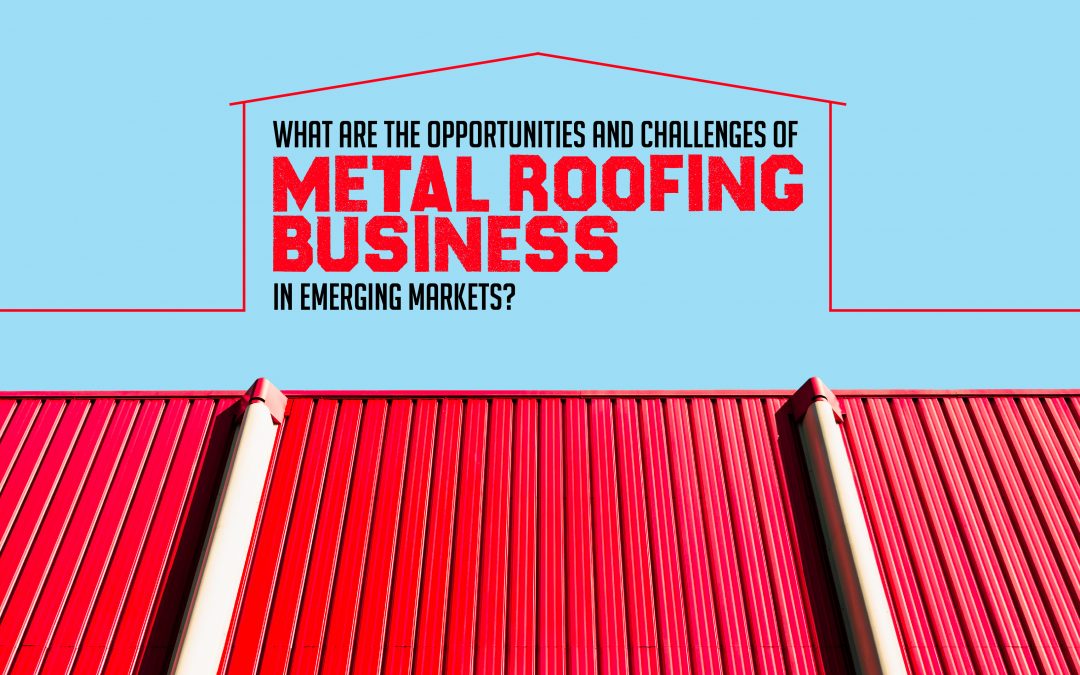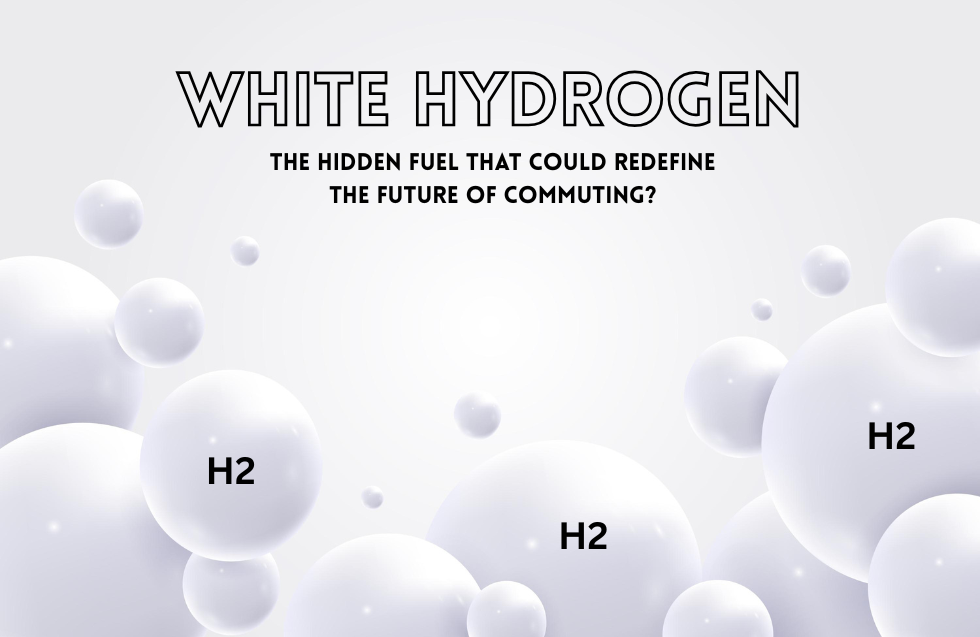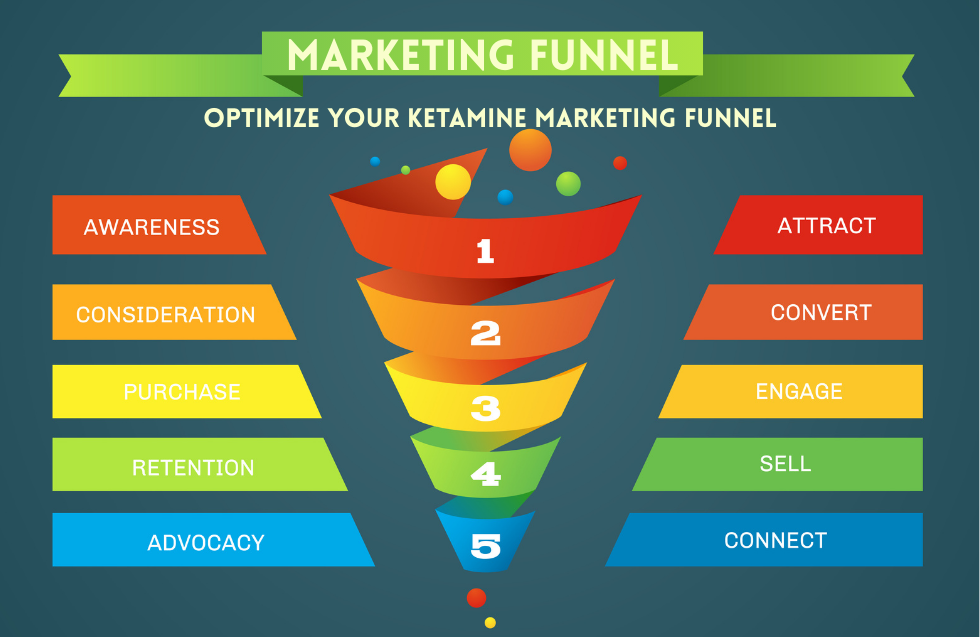In recent years, the metal roofing industry has witnessed significant growth due to its durability, energy efficiency, and aesthetic appeal. This trend is particularly pronounced in emerging markets, where rapid urbanization and industrialization are driving demand for advanced construction materials. However, while the opportunities are substantial, there are also several challenges that businesses must navigate. This blog explores both the opportunities and challenges associated with the metal roofing business in emerging markets.
Opportunities in Emerging Markets
1. Rapid Urbanization and Infrastructure Development
Emerging markets, particularly in regions like Southeast Asia, Africa, and Latin America, are experiencing rapid urbanization. This urban growth is accompanied by extensive infrastructure development, including residential, commercial, and industrial buildings roofing business. Metal roofing is increasingly being chosen for new constructions due to its longevity and minimal maintenance requirements.
Opportunity: Businesses can capitalize on this growth by positioning themselves as suppliers of high-quality metal roofing solutions tailored to the specific needs of these markets.
Impact: Metal roofs offer resilience against harsh weather conditions, which is crucial in rapidly growing urban areas roofing business. They are also fire-resistant and can withstand extreme temperatures, making them suitable for diverse climatic conditions found in emerging markets.
2. Increasing Awareness of Energy Efficiency
Energy efficiency is becoming a major concern worldwide, and emerging markets are no exception. Metal roofs are known for their reflective properties, which can reduce cooling costs in hot climates. This feature is becoming increasingly attractive in countries where energy costs are rising and sustainability is a growing priority.
Opportunity: Companies that emphasize the energy-saving benefits of metal roofing can attract environmentally conscious consumers and businesses looking to reduce their energy expenditures.
3. Government Initiatives and Incentives
Several emerging markets are introducing policies and incentives to promote sustainable building practices. These initiatives often include subsidies or tax breaks for using energy-efficient materials, including metal roofing roofing business. Additionally, governments may set standards that encourage the adoption of higher-quality construction materials.
Opportunity: Staying informed about local regulations and government incentives can help businesses leverage these programs to their advantage, providing a competitive edge in the market.
Impact: Businesses that align with these policies can benefit from financial incentives and gain a competitive advantage. For example, government-backed incentives can make metal roofing more affordable for consumers and increase its adoption.
4. Technological Advancements
Advancements in metal roofing technology, such as improved coatings and installation methods, are making these products more accessible and appealing. Innovations in manufacturing and materials are leading to cost reductions and enhanced performance.
Opportunity: Investing in and adopting the latest technologies can differentiate a company from its competitors and attract clients seeking cutting-edge solutions.
Challenges in Emerging Markets
1. Market Education and Awareness
Despite the benefits, metal roofing is still relatively new in many emerging markets, where traditional roofing materials dominate roofing business. There is often a lack of awareness about the advantages of metal roofing, and consumers may be hesitant to switch from familiar materials.
Challenge: Educating potential customers about the benefits and cost-effectiveness of metal roofing is crucial. This can involve marketing campaigns, educational seminars, and collaboration with local builders and architects.
2. High Initial Costs
Metal roofing systems generally have a higher upfront cost compared to traditional roofing materials. In emerging markets, where cost sensitivity is high, this can be a significant barrier to adoption. The initial investment required for metal roofing might deter potential customers who are looking for more budget-friendly options.
Challenge: Offering financing options, demonstrating long-term cost savings, and highlighting the durability and low maintenance of metal roofs can help mitigate concerns about initial costs.
3. Supply Chain and Logistics Issues
Emerging markets often face challenges related to supply chain and logistics, including inconsistent quality control, limited distribution networks, and delays in transportation. These issues can impact the availability and cost of the metal roofing business.
Challenge: Building a robust supply chain and establishing reliable local partnerships can help address these logistical challenges. Additionally, investing in local manufacturing or assembly plants may reduce dependency on imports and lower costs.
4. Regulatory and Compliance Hurdles
Navigating the regulatory landscape in emerging markets can be complex, with varying standards and compliance requirements. Ensuring that metal roofing products meet local regulations and building codes is essential to avoid legal issues and ensure market entry.
Challenge: Staying abreast of local regulations and working with local legal experts can help businesses ensure compliance and avoid potential pitfalls.
Applications of Metal Roofing by Region
1. United States
Residential Homes: Metal roofing is popular in the U.S. due to its durability and energy efficiency. It is often used in residential homes, particularly in areas prone to extreme weather conditions like hurricanes or heavy snowfall roofing business. Metal roofs offer excellent protection against the elements and can enhance a home’s energy efficiency by reflecting solar heat.
Commercial Buildings: In the commercial sector, metal roofing is used for warehouses, retail spaces, and office buildings. The material’s longevity and low maintenance requirements make it a cost-effective choice for large commercial structures.
Agricultural Buildings: Metal roofing is commonly used in barns, storage sheds, and agricultural facilities. Its resistance to pests, fire, and weather conditions makes it ideal for these types of structures.
2. Canada
Cold Climate Residential and Commercial Buildings: In Canada, metal roofing is used extensively in both residential and commercial buildings due to its ability to shed snow effectively. The smooth surface of metal roofs prevents heavy snow accumulation, reducing the risk of roof collapse.
Industrial Facilities: Metal roofing is favored for industrial buildings in Canada because of its durability and ability to withstand harsh weather conditions. It provides excellent protection against extreme cold and high winds.
3. Australia
Hot Climate Residential Buildings: In Australia, metal roofing is commonly used in residential buildings, especially in regions with hot and sunny climates. Metal roofs reflect sunlight, helping to keep homes cooler and reduce air conditioning costs.
Coastal Properties: Due to its resistance to salt corrosion, metal roofing is an excellent choice for properties located near the coast. It provides long-lasting protection against the corrosive effects of saltwater.
4. United Kingdom
Traditional and Modern Architecture: In the UK, metal roofing is used in both traditional and modern architectural designs. It is often used in the restoration of historic buildings as well as in contemporary constructions due to its versatility and aesthetic appeal.
Public Buildings: Metal roofing is also utilized in public buildings such as schools, libraries, and community centers. Its durability and low maintenance make it suitable for high-traffic and public-use facilities.
5. India
Urban and Rural Residential Buildings: In India, metal roofing is gaining popularity in both urban and rural areas. In urban settings, metal roofs are used in residential and commercial buildings due to their affordability and longevity. In rural areas, metal roofing is often chosen for agricultural structures like barns and storage sheds.
Commercial Structures: In rapidly developing cities, metal roofing is used for commercial buildings and shopping complexes. It provides a modern look while offering durability and low maintenance.
6. South Africa
Residential Homes: Metal roofing is commonly used in residential properties throughout South Africa. Its ability to withstand the local climate, including strong winds and intense sun, makes it a practical choice for homeowners.
Industrial and Agricultural Buildings: Similar to other regions, metal roofing is also used in industrial and agricultural buildings. Its resistance to fire and pests, combined with its longevity, makes it suitable for these applications.
7. Brazil
Residential and Commercial Buildings: In Brazil, metal roofing is increasingly used in both residential and commercial buildings. Its energy efficiency benefits are particularly relevant in regions with high temperatures.
Tourism and Recreational Facilities: Metal roofing is also used in the construction of tourism and recreational facilities, such as resorts and sports arenas, due to its aesthetic appeal and durability.
8. Southeast Asia
Residential and Commercial Applications: In countries like Thailand, Malaysia, and Indonesia, metal roofing is used in residential and commercial buildings due to its resistance to heavy rainfall and high humidity. It is especially valued for its longevity and ease of maintenance.
Industrial Structures: Metal roofing is also used in industrial facilities and warehouses in Southeast Asia, where its durability and resistance to the elements are crucial.
Conclusion
The metal roofing business in emerging markets presents a wealth of opportunities driven by urbanization, energy efficiency, government incentives, and technological advancements. However, businesses must also navigate challenges related to market education, high initial costs, supply chain issues, and regulatory hurdles. By addressing these challenges strategically and leveraging the available opportunities, companies can establish a strong presence in these growing markets and contribute to the evolving landscape of construction materials.













